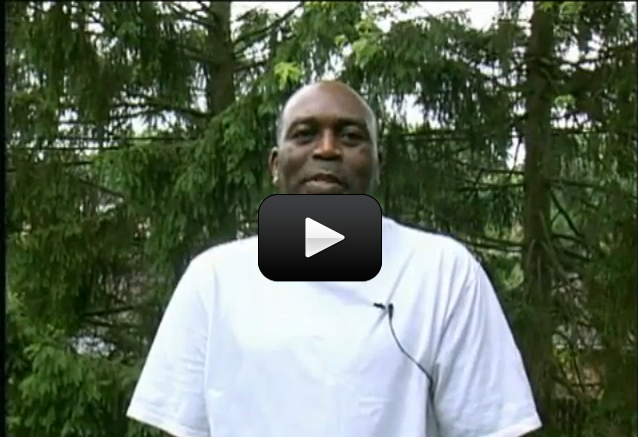If you have ever seen mold growing on an old loaf of bread or eaten a mushroom, you have encountered a fungus. Fungi (that’s the plural of fungus) are a group of organisms, or living things, that are all around us. Mold on bread and mushrooms on pizza are both examples of fungi.
Fungi have an important job. They help break down other material, so that living things are able to grow in soil. This helps make nutritious foods for other organisms. Fungi are needed for life!
Do you think mushrooms are plants? Scientists used to think that all fungi were plants. Now they know that there are some very important different between these two groups of organisms. One of the most important differences is that plants are autotrophic. This means that they can make their own food, just by using the sunlight. Fungi can’t do this. They have to “eat” other living things in order to get the energy they need. This is called being heterotrophic.
Please login or register to read the rest of this content.


No, these examples were provided by someone else.
Did you grow those?
Here is a picture of shiitake mushrooms that were grown on a log:
I wish he would show us the actual mushrooms when they are done. I was really looking forward to seeing them, but he never showed them.
WOW, thats so cool I didn’t know you could do that!!!!!
:0 :0
Great questions! I am going to contact Kenny who made the video and ask him directly, since he’s the expert. More soon!
Is the type of tree is matter? and what will happen after using the mushrooms are we gonna to repeat same process again or it will grown by itself?
Wow! I never knew it was so simple to grow your own mushrooms!
Cool! I’ve never known much about mushrooms, but now I know a bit!